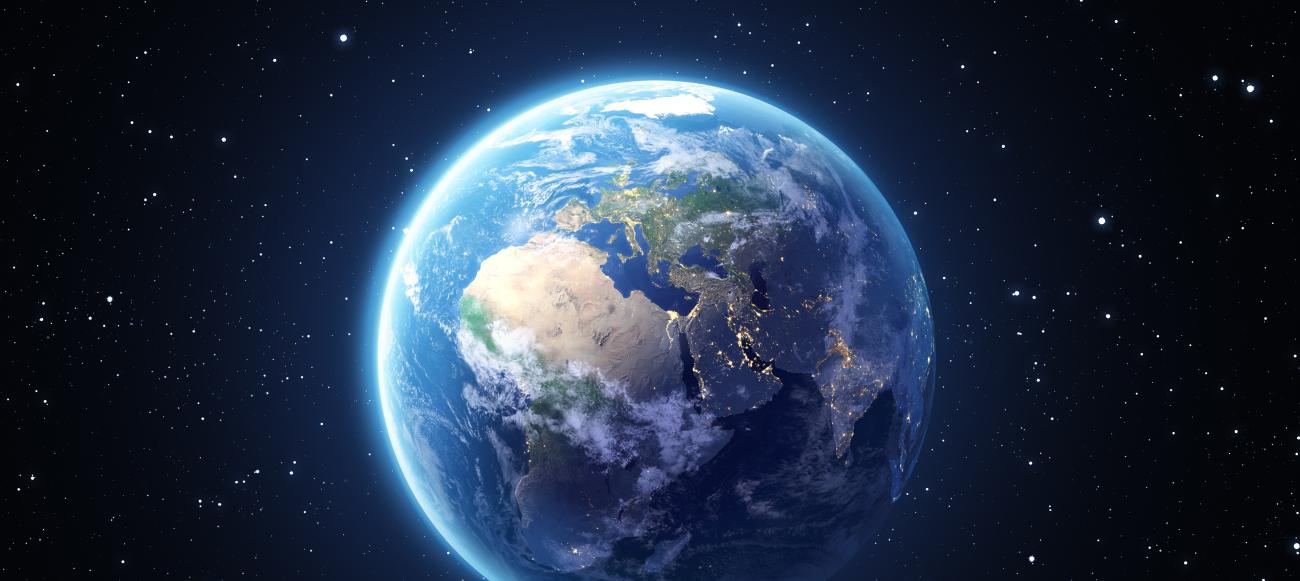April 22 is now recognized around the world as International Mother Earth Day (IMED) and this year marks the third anniversary of the United Nations (UN) designated observance.
According to the UN, it’s a day intended to educate humanity on the environmental crisis we face, mobilize political will into action, and celebrate human environmental achievements.
The UN recognizes, though, that the planet is in danger for reasons far beyond climate change. In 2021, they determined that what’s needed is a decade focused on ecosystem restoration, because ecosystems support all life on earth.
“The healthier our ecosystems are, the healthier the planet and its people,” reads a statement from the UN. “Restoring our damaged ecosystems will help to end poverty, combat climate change, and prevent mass extinction. But we will only succeed if everyone plays a part.”1
Alarmingly, our oceans and waterways are filling up with plastic, making these aquatic ecosystems acidic. Carbon dioxide emissions are affecting the climate, which has a trickledown effect to almost every aspect of our lives.
As well, the UN recognizes a host of other human actions as “crimes” against the world’s biodiversity. These include, but are not limited to, deforestation, land use changes, intensified agriculture and livestock production, and the growing illegal wildlife trade, all of which serve to accelerate the speed of ecosystem collapse.
António Guterres, Secretary-General for the UN, offered a message to mankind on International Mother Earth Day 2024.
“Humanity is acting like Mother Earth’s delinquent child,” Guterres says. “We depend on nature for the food we eat, the air we breathe, and the water we drink. Yet we have brought chaos to the natural world [by] poisoning our planet with pollution, wiping out species and ecosystems with abandon, and destabilizing our climate with greenhouse gas emissions.”
It’s not just important, he adds, but imperative that each person alive today begin working towards restoring harmony with nature. Putting an end to pollution and supporting sustainable food and commodity production and consumption are just a few ways in which it can be achieved.
He says that we need to support those around the world who are being hit hardest by pollution and the climate and biodiversity crisis.
“Countries must produce new national climate plans that align with limiting the rise in global temperature to 1.5 degrees Celsius,” Guterres says. “And the G20 must lead a fast, fair, and funded global phaseout of fossil fuels, and put a stop to nature-wrecking subsidies, such as those that underwrite runaway production of planet-choking plastics. Repairing relations with Mother Earth is the mother of all of humanity’s challenges. We must act—and act now—to create a better future for us all.”
About 50 new initiatives are taking place worldwide, supported by the UN, to help mitigate the environmental and biodiversity challenges we face. Members hope that, in coming years, many more will come on board as education on the subject grows.
Among these initiatives is the Africa Wood Grow project. With a focus on regreening Kenya’s degraded lands, fraught with soil erosion and depletion, the program has been picking up steam since 2010. Today, 61 Kenyan farmers are improving their own livelihoods by participating in an agroforestry transition program.
In the United Kingdom, Project Seagrass Ocean Rescue is well underway. With the help of community volunteers, one organization has undertaken the eventual restoration of 10 hectares of seagrass below the ocean’s surface through the use of cutting-edge technology.
Closer to home, Ontario’s Grasslands Stewardship Initiative provides support for the creation, enhancement, and maintenance of grassland habitats. The aim of the initiative is to protect at-risk species, including birds such as the bobolink and eastern meadowlark, while improving soil quality and carbon capture.
More than 44 Ontario organizations and volunteers are focused on affecting more than 640 hectares of grassland ecosystems and maintaining 940 hectares of wildlife habitat.
The province of Manitoba decided to recognize the International Mother Earth Day by announcing new funding initiatives for three local environmental non-profit organizations: Climate Change Connection, Green Action Centre, and Manitoba Eco-Network.
“Manitobans are seeing the impacts of climate change firsthand and they want to know that our province is doing its part to protect our air, land, and water for future generations,” said Environment and Climate Change Minister Tracy Schmidt in a press release.
Climate Change Connection is the beneficiary of $100,000, which they’ll use to advance awareness, capacity building, and action on climate change across Manitoba.
A grant of $230,000 will assist the Green Action Centre to advance climate action planning, the circular economy, active transportation, and outreach initiatives.
Finally, the Manitoba Eco-Network will use their $60,000 grant to help further inner-city climate adaptation work in Winnipeg through the Climate Safe, Green City project.


